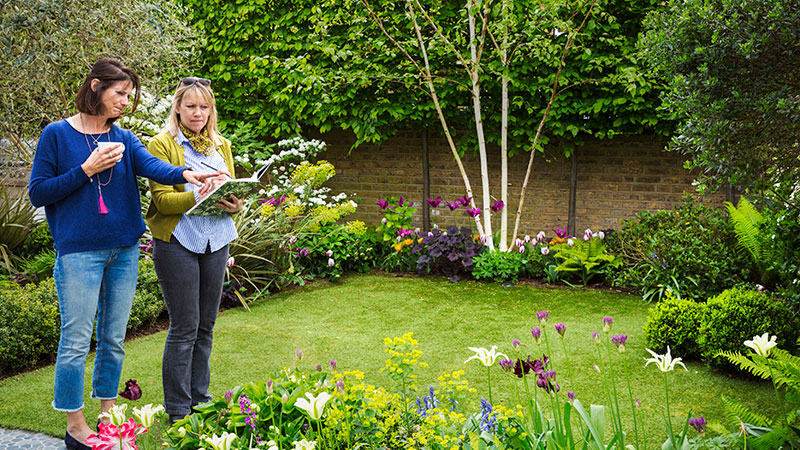There Are Half A Million Landscaping Companies In The USA. Here’s How To Find The Perfect One.
sponsored listings
1. Know what your requirements are
Do you want a complete redesign of your landscape? Do you want to build new structures like a small summerhouse? Or do you just want a few flower beds and a general overhaul?
The best landscapers in the world won’t be able to give you what you want unless you give them a clear idea of your requirements. Identifying those requirements is the first step towards finding a landscaping company that specializes in what you need.
2. Ask the right questions

For example – How long has the company been in business? Experience is always a test of skill. A landscaping company that’s been around for a while is almost certainly a competent one. That’s not to say you shouldn’t choose a relatively new company. But do make it a point to check that they will be able to match your requirements (see point 1).
Also make inquiries as to the size of their crew, past projects, standard timelines and whether or not they have insurance. Do not make the mistake of hiring a landscaping company that has no insurance. That way, if something goes wrong, you won’t be the one footing the bill.
3. Insist on references
Most landscaping companies will have customer testimonials up on their website – but for obvious reasons, don’t rely solely on these. Also compare the references they provide with the jobs they’ve done. For instance, if they’ve done over fifty jobs but can only provide two good references, chances are they won’t be satisfactory in their work.
sponsored listings
4. Ask to see photos of their previous work

Aesthetic tastes differ and even a well-reputed landscaping company may have a vision that’s different to your own. Seeing photos of their previous projects will give you an idea of their design sensibility, and an insight into whether it will match your own.
5. Do they use subcontractors?
A landscaping company that employs too many subcontractors is probably a company you won’t want to employ. For one, it shows they don’t have the requisite expertise in-house. Confirming the legitimacy and experience of the subcontractors also becomes a hassle. Subcontractors are useful and necessary for large scale projects – but more than 1 or 2 is a warning sign.
6. Hammer out the details

They include: a set timetable so the work doesn’t carry on endlessly for months; the materials and resources used; the different parts of the project and their individual timeframes; as well as the end result. (Don’t forget to insist on your landscaper providing a sketch of how they see the end result before hiring them.)
sponsored listings
